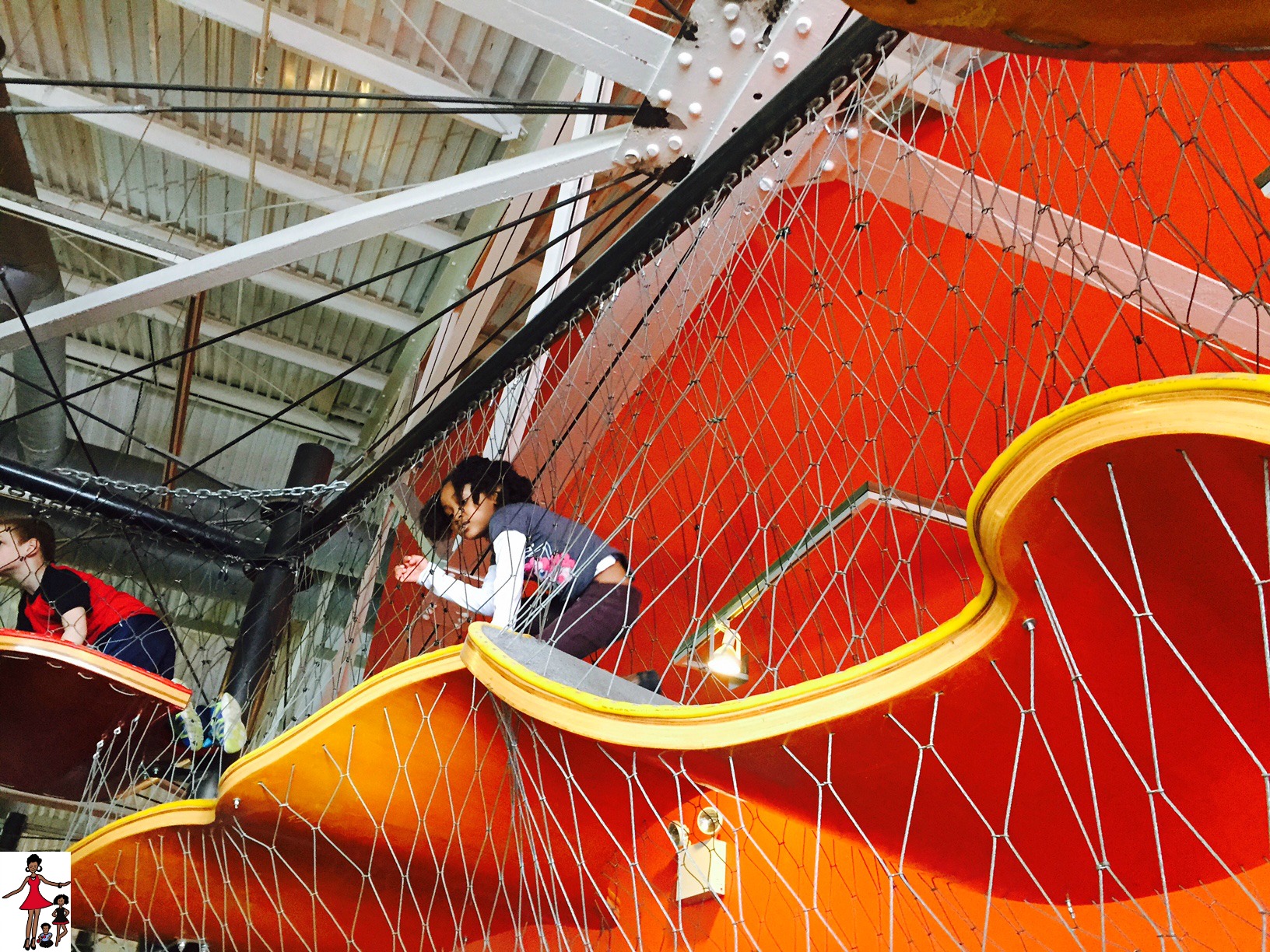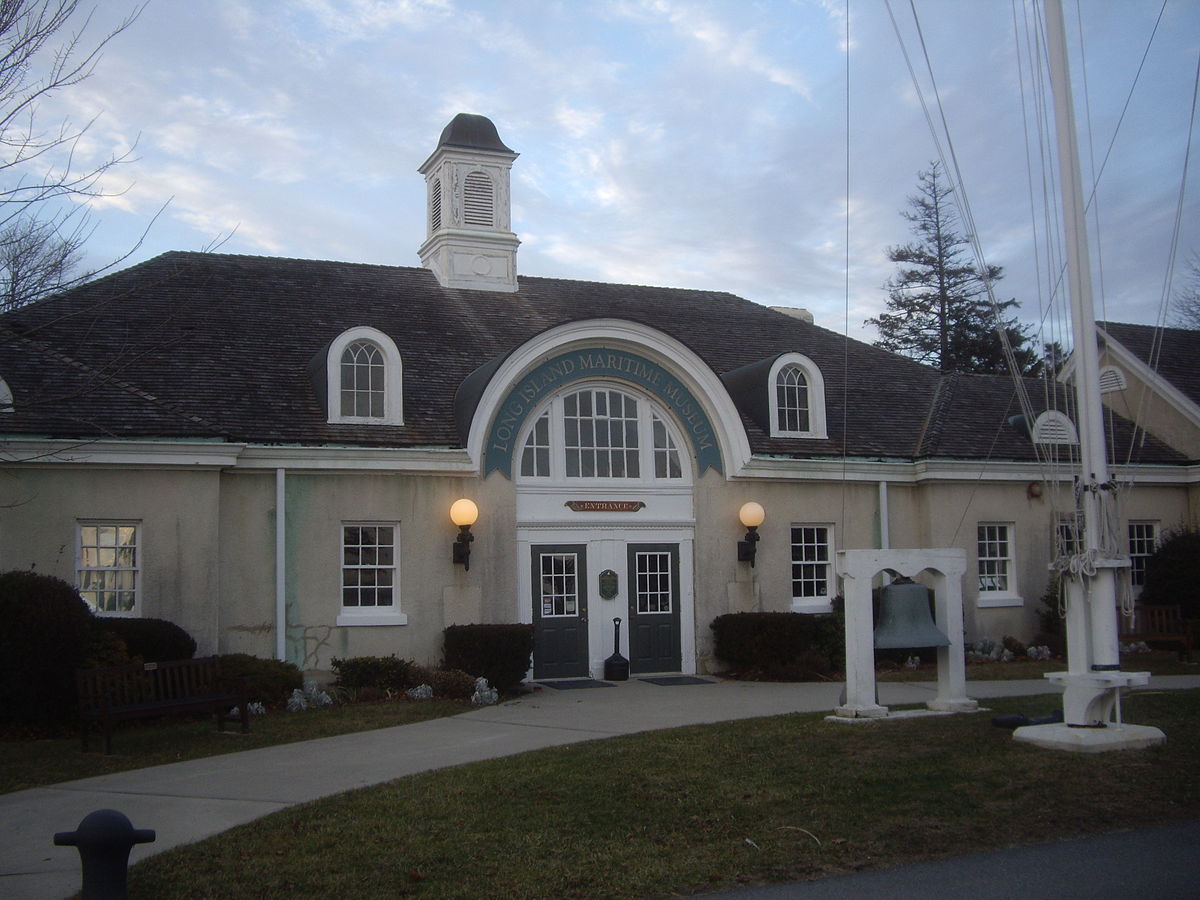Navigate The Long Island Museum Map
Navigate The Long Island Museum Map
Blog Article
Discover the Rich History of Long Island at This Fascinating Gallery
As site visitors go across via exhibits describing the Industrial Change's influence and Long Island's maritime legacy, a much deeper understanding of the area's development begins to arise. Keep tuned as we explore Long Island's modern-day period, dropping light on exactly how the past proceeds to resonate in the existing.
Indigenous American Influences on Long Island
The Native American impacts on Long Island have actually played a substantial duty fit the area's cultural heritage and historic development. Lengthy prior to European settlers showed up, the land currently referred to as Long Island was lived in by numerous Indigenous American people, including the Massapequas, Montauketts, and Shinnecocks. These tribes lived off the land, angling in the abundant waters bordering the island and cultivating the fertile soil for farming.
The Native Americans on Long Island had an abundant spiritual and social practice, apparent in their elaborate artwork, standard dancings, and oral storytelling. Their deep connection to the land is reflected for several communities and sites on Long Island, which originated from the languages of these native peoples.

Colonial Heritage and Very Early Negotiations
With the arrival of European inhabitants, Long Island's landscape started to undergo substantial makeovers as early american heritage and very early negotiations settled in the region. The Dutch were among the very first Europeans to develop a presence on Long Island, with settlements such as New Amsterdam (present-day New york city City) playing a crucial role in the island's colonial background. Later on, the English obtained control of the area, shaping the architectural and cultural landscape with the facility of communities and towns.
Among one of the most notable early settlements on Long Island was Southampton, established in 1640 by English Puritans seeking religious flexibility. This marked the beginning of organized European settlement on the island, paving the method for additional growth and advancement. Gradually, even more communities and towns emerged, each with its own unique character and contribution to Long Island's colonial heritage.
As these very early negotiations expanded, they created the structure for the varied areas that feed on Long Island today. The colonial heritage of the area remains to be celebrated and protected, providing visitors a glimpse right into the past and an appreciation for the abundant background that shaped Long Island into what it is today.
Industrial Revolution and Maritime Background
Throughout a period of profound transformation and technical development, Long Island's commercial transformation intertwined with its marine history, shaping the area's economic landscape in extraordinary methods (The Long Island Museum NY). The Industrial Change, which began in the late 18th century, brought considerable adjustments to Long Island's economy.
Maritime profession played an essential function throughout this era, linking Long Island to significant ports in the United States and beyond. The island ended up being a center for trade, welcoming vendor vessels and cultivating a vibrant shipping sector. Long Island's closeness to New York City likewise added to its financial success, as goods might quickly be transported between both regions. Today, residues of Long Island's commercial and maritime past can be checked out at galleries and archaeological sites, supplying a glimpse into the region's rich history.
Long Island in the Modern Era
Long Island's evolution in the modern era reflects a fusion of practice and advancement, forming its contemporary identity. As one of the most densely populated areas in the USA, Long Island has actually ended up being a hub for diverse industries, varying from technology and healthcare to fund and tourist (The Long Island Museum entrance fee). The island's closeness to New york city City has played a significant duty in its growth, with lots of commuters choosing to stay in its rural communities
In the last few years, Long Island has actually seen a surge in lasting efforts aimed at maintaining its natural beauty and combating environment modification. The conservation of its seaside areas, such as the Fire Island National Seaside, highlights the island's commitment to ecological conservation. Additionally, Long Island's social scene has prospered, with art galleries, songs venues, and cinemas adding to its vivid cultural landscape.
Moreover, the modern-day era has actually seen Long Island embrace variety and inclusion, with an expanding population of immigrants adding to its rich tapestry of societies. Overall, Long Island remains to evolve, stabilizing its rich history with modern progress to form a dynamic and durable area.
Upcoming events and special exhibitions
Reflecting Long Island's dynamic cultural landscape and commitment to development, the museum is currently holding a series of special events and excitedly anticipates forthcoming occasions. Among the special exhibitions presently on display is "Long Island With the Ages," which traces the island's abundant background from its very early native occupants to today day. This display showcases records, artefacts, and multimedia presentations that provide a comprehensive consider the varied heritage of Long Island.
In enhancement to the continuous special exhibitions, the gallery is preparing for an interesting lineup of upcoming occasions. Site visitors can look ahead to a lecture series including neighborhood experts and popular historians reviewing numerous elements of Long Island's background. There will certainly likewise be hands-on workshops where guests can find out standard crafts and abilities that have actually been passed down with generations on the island.
These unique events and upcoming events not only enrich the gallery experience but likewise act as a testament to Long Island's lively social tapestry and the museum's commitment to maintaining and sharing its heritage with the area. The Long Island Museum hour.
Conclusion
To conclude, the gallery uses an extensive consider the abundant history of Long Island, from Indigenous American impacts to early american heritage, industrial revolution, and contemporary age growths. With special exhibits and upcoming events, visitors can dig much deeper into the varied cultural and historic aspects of the region. Whether you're a history lover or just curious about Long Island's past, this museum gives a fascinating experience for all.
Lengthy prior to European inhabitants arrived, the land now known as Long Island was inhabited by numerous review Indigenous American tribes, including the Massapequas, Montauketts, and Shinnecocks. The Dutch were amongst the very first Europeans to develop a presence on Long Island, with settlements such as New Amsterdam (contemporary New York City) playing a vital role in the island's early american history. Today, residues of Long Island's industrial and marine past can be explored at galleries and historical websites, using a peek right into the region's abundant history.

Please visit one of our local supporters - The Modern Medicare Agency Advantage Agent
Report this page